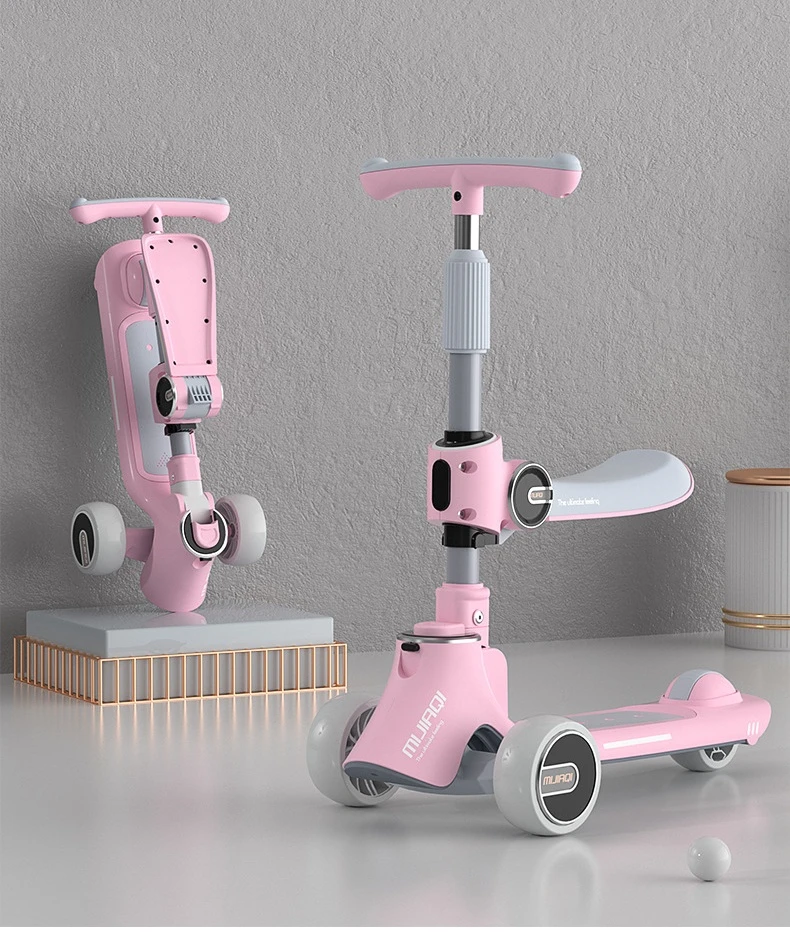Understanding Weight Limitations for Self-Balancing Scooters and Their Impact on Performance
Understanding Self-Balancing Scooter Weight Capacity A Comprehensive Guide
Self-balancing scooters, commonly known as hoverboards, have become a popular mode of personal transportation. Their sleek designs, ease of use, and fun factor make them appealing for users of all ages. However, one critical aspect that potential buyers often overlook is the weight capacity of these scooters. Understanding this element can significantly enhance your riding experience and ensure safety.
What is Weight Capacity?
Weight capacity refers to the maximum load that a self-balancing scooter can safely carry. This includes the weight of the rider and any additional cargo. Typically, manufacturers provide this specification in the product description, and it is crucial to adhere to these limits. Going over the weight capacity can lead to performance issues and potential safety hazards, such as instability and difficulty in steering.
Factors Influencing Weight Capacity
1. Design and Materials The construction of the hoverboard plays a vital role in determining its weight capacity. High-quality materials, such as reinforced plastics and aluminum, can support more weight. In contrast, cheaper models may use lower-quality materials that can compromise strength and stability.
2. Motor Power The power of the electric motors is also a significant factor. More powerful motors can handle heavier loads, allowing for better acceleration and stability. When examining a self-balancing scooter, check the motor specifications, as this will give insight into its capacity to handle additional weight.
3. Wheel Size Larger wheels often provide better support and stability, helping to distribute weight more effectively. Therefore, scooters with bigger wheel diameters may have a higher weight capacity compared to those with smaller wheels.
4. Overall Design The engineering behind the scooter, including its weight distribution and center of gravity, impacts its overall capacity. Scooters designed with a lower center of gravity tend to be more stable and support higher weights.
Common Weight Capacities in Self-Balancing Scooters
Most standard self-balancing scooters can support weights ranging from 200 to 300 pounds. However, there are models specifically designed for heavier riders that can accommodate up to 400 pounds or more. When selecting a hoverboard, look for models that explicitly state their weight limits to ensure they meet your needs.
self balancing scooter weight capacity

Why Weight Capacity Matters
1. Safety Riding a scooter that exceeds its weight limit can result in malfunctions or accidents. The scooter may become less responsive, which can lead to falls or crashes. Understanding the weight capacity is essential for ensuring a safe riding experience.
2. Performance Weight can affect the scooter's speed, acceleration, and battery life. Heavier loads may slow down the scooter or reduce the distance it can travel on a single charge. By choosing a model that matches your weight requirement, you can maintain optimal performance.
3. Durability Operating a self-balancing scooter beyond its weight capacity can lead to premature wear and tear. Regularly exceeding the limit can damage the motors, tires, and even the frame, leading to decreased longevity and the need for repairs or replacements.
Recommendations for Choosing the Right Scooter
- Check Specifications Always verify the weight capacity of the scooter before purchasing. You can typically find this information on the manufacturer's website or product label.
- Consider Your Weight and Gear Account for your weight as well as any additional luggage or items you might carry while riding. It’s advisable to choose a scooter with a higher weight capacity than your total load.
- Test Ride if Possible If you have the opportunity, test riding a scooter can provide insight into how it handles with your weight. This firsthand experience can help ensure you feel comfortable and safe.
Conclusion
Self-balancing scooters offer a fun and efficient mode of transportation, but understanding the importance of weight capacity is vital for a safe and enjoyable experience. By considering the factors that influence weight capacity and choosing the right model, riders can make informed decisions that enhance their hoverboarding adventures. Whether you are a casual user or someone looking for a daily commuter solution, ensuring you select a scooter with an appropriate weight limit is paramount for safety, performance, and durability.
-
Children's Tricycle: Enlarged Seat, Sunshade & Safety Push BarNewsAug.31,2025
-
Sports Kids Bike: High Carbon Steel Argon Arc Welded Frame | Beautiful GiftNewsAug.30,2025
-
Ultimate 24V Children's Car: Power, Fun & Safety for KidsNewsAug.29,2025
-
Children's Electric Car Ride Ons: 2-Seater, Bumper & Audi ModelsNewsAug.28,2025
-
Understanding Voltage in Battery for Children's Motorized CarNewsJun.05,2025
-
Safety Features to Look for in an Electric Car for KidsNewsJun.05,2025
